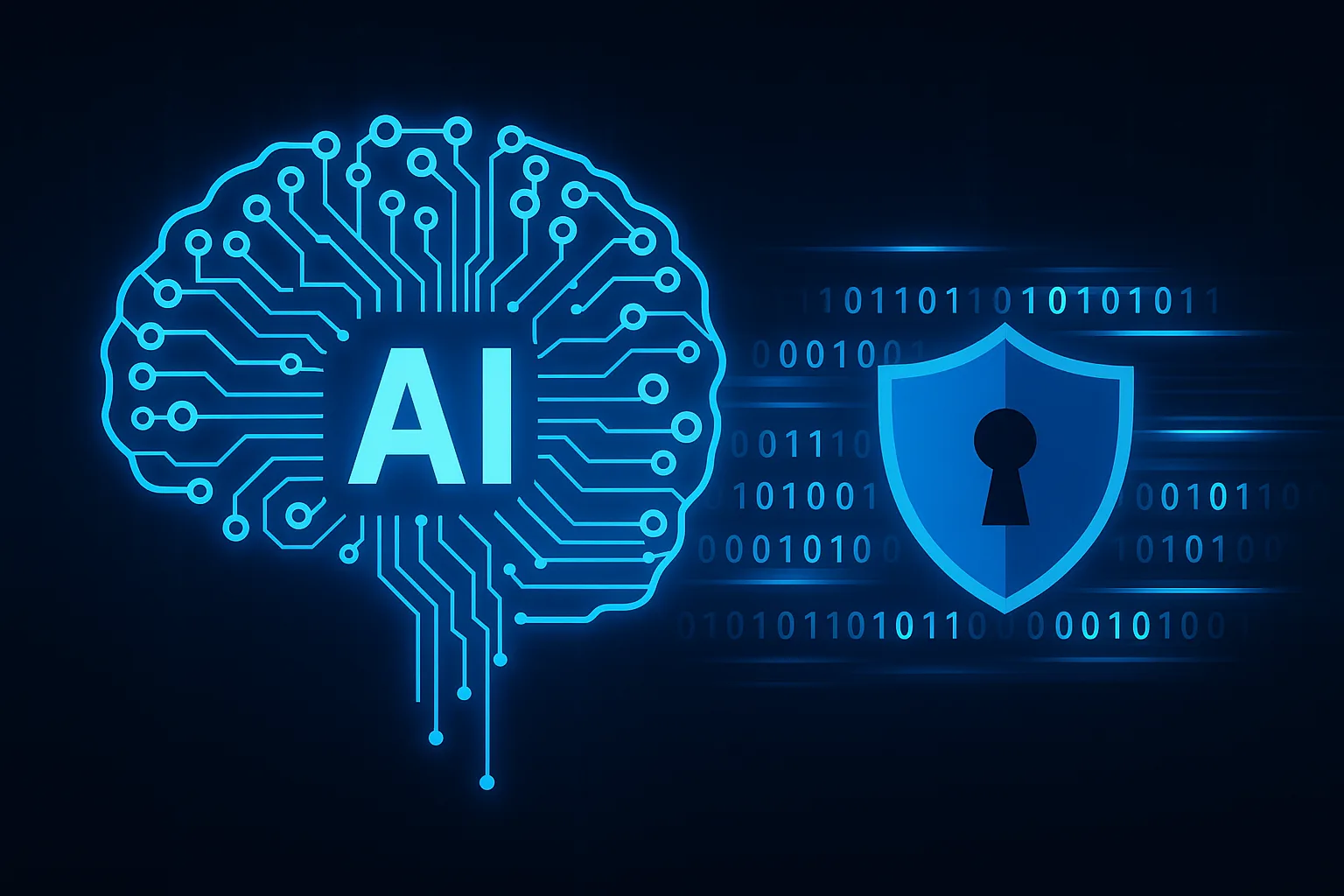As cyber threats grow in complexity, traditional security approaches often fall short. Reactive measures and static rules struggle to keep up with advanced persistent threats, zero-day vulnerabilities, and insider attacks. This is where Artificial Intelligence (AI) steps in—offering dynamic, adaptive, and predictive solutions that enhance every layer of modern cybersecurity.
In this article, we’ll break down the core ways AI is used in cybersecurity, from real-time threat detection to autonomous incident response, while also examining its challenges and future potential.
What Is AI in Cybersecurity?
AI in cybersecurity refers to the use of machine learning algorithms, natural language processing, and behavioral analytics to automatically:
- Detect threats,
- Analyze security events,
- Respond to incidents,
- Reduce false positives,
- And adapt over time without human input.
Unlike traditional security systems, AI can learn from evolving threats and improve its effectiveness autonomously.
Key Applications of AI in Cybersecurity
1. Threat Detection and Anomaly Recognition
AI excels at recognizing patterns in massive datasets. It can analyze millions of events in real-time and flag anomalies that would be invisible to human analysts.
Examples include:
- Detecting abnormal login behaviors (e.g., time/location anomalies)
- Identifying malware through code behavior rather than signatures
- Monitoring internal traffic for lateral movement attempts
2. Phishing and Email Threat Prevention
AI-based email security systems can:
- Analyze the tone and structure of messages
- Detect impersonation (e.g., CEO fraud)
- Flag domain spoofing or malicious links
These systems evolve over time, improving accuracy and reducing the number of missed threats or false alarms.
3. Automated Incident Response
AI-driven Security Orchestration, Automation, and Response (SOAR) platforms can:
- Auto-isolate infected endpoints
- Disable compromised accounts
- Trigger containment policies within seconds of detection
This drastically reduces the time between detection and action—a crucial advantage in modern security operations.
4. Vulnerability and Patch Management
AI can prioritize vulnerabilities based on:
- Real-world exploit activity
- Asset value or exposure
- Historical threat trends
This helps security teams focus on patching the most critical threats first, rather than relying on basic CVSS scores alone.
5. Behavioral Biometrics
AI uses user behavior profiling to:
- Continuously verify identity (e.g., typing speed, mouse movement)
- Detect account compromise even when correct credentials are used
- Identify bots or automation on web applications
6. Security Analytics and Threat Intelligence
AI can parse and correlate data from:
- Logs
- DNS traffic
- Endpoint events
- Network flows
The result is actionable insights and early warnings for security teams, often through predictive analysis rather than reactive alerts.
Benefits of Using AI in Cybersecurity
| Benefit | Description |
|---|---|
| Speed | Processes and analyzes security data in real-time |
| Scalability | Handles millions of data points across large environments |
| Accuracy | Reduces false positives through behavioral analysis |
| Adaptability | Learns and adjusts to new attack techniques |
| Efficiency | Frees up human analysts to focus on strategic issues |
Challenges and Considerations
1. False Positives and Overfitting
- Poorly trained AI models can flood teams with unnecessary alerts.
- Tuning and validation are critical for reliable operation.
2. Data Privacy
- AI requires access to massive data pools—raising privacy and compliance concerns.
3. Adversarial AI
- Attackers are now using AI to generate polymorphic malware and bypass detection.
- Defensive AI must evolve faster than offensive techniques.
4. Dependency and Skill Gap
- AI tools require specialized expertise to deploy and manage.
- Overreliance on automation can lead to blind spots in the SOC.
Real-World Use Cases
- Banks use AI to detect fraud based on spending behavior.
- Healthcare providers flag suspicious access to patient records.
- Cloud providers use AI for intrusion detection across hybrid environments.
- MSSPs rely on AI-driven triage systems to manage thousands of endpoints.
The Future of AI in Cybersecurity
As AI models grow in sophistication and computing power becomes more accessible, expect future AI-driven security solutions to:
- Predict threats before they occur
- Engage in live threat simulations to train networks
- Interact autonomously with attackers in honeypots
- Adapt security postures based on environmental context
Conclusion
AI is not just a buzzword in cybersecurity—it’s a necessity. From blocking phishing emails to shutting down attacks in milliseconds, AI augments the capabilities of human analysts and provides a scalable defense framework in an age of growing digital threats.
However, like any tool, it must be carefully trained, tested, and ethically deployed. Used wisely, AI can shift cybersecurity from reactive to proactive—creating smarter, faster, and more secure digital ecosystems.


